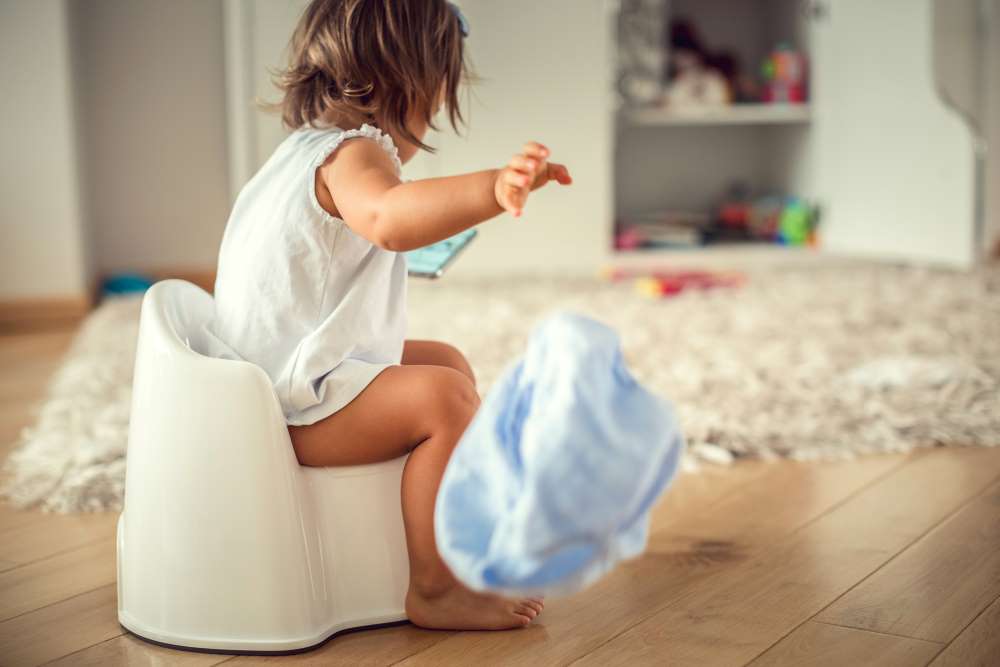
Children with autism spectrum disorders often struggle with the problem of incontinence. Incontinence can be defined as the inability or lack of voluntary control of urination and defecation. It is quite prevalent in children with autism due to delays in toilet training.
However, while incontinence is common, identifying the key pain points that may make toileting a difficult experience for them is important. Identifying and addressing these pain points can help you come up with different ways to meet your child’s needs and make them feel more comfortable and supported. Here are some common struggles that your child may be experiencing during toilet training.
Physical Struggles:
People with autism tend to experience sensory sensitivity. It can make exposure to sensory stimuli uncomfortable since their senses are either intensified(hypersensitivity) or decreased(hyposensitivity). These may manifest in autistic children as a lack of body awareness or extreme sensitivity to certain sounds, smells and other stimuli. There may also be health issues like experiencing pain while defecating or constipation. A child with autism may struggle to communicate these difficulties to their parents.
Body Cues:
Nonverbal communication or body language is sometimes unclear to people with autism. Some children with autism may not be aware that they need to go to the toilet or that their clothes are wet and soiled. They may have problems understanding gestures, facial expressions or movements. This struggle in comprehension may also translate into an inability to interpret signals from the bowel and bladder.
Dressing Struggles:
Some children with autism experience difficulty in pulling their pants down or pulling them back up. Tactile defensiveness is one reason your child may be averse to the touch of clothes. Other factors like lack of motivation or difficulty understanding instructions also play a significant role. If your child has tactile defensiveness, dressing them in comfortable clothing could be a good first step.
Language Struggles:
Difficulties in social communication may include not knowing how to use words, struggling with nonverbal communication, and having problems understanding and using verbal communication. These problems mean a child may fail to understand instructions or comprehend what they are being asked to do. Another aspect can be the inability to express the need to go to the toilet. When potty training your autistic child, it is important to remain empathetic and understand exactly where they could be facing problems.
Fears:
Sensory sensitivity can make some children fearful of certain sensory stimuli. Hypersensitivity can intensify sounds of flushing or the feeling of touch when sitting on a toilet seat. Such fears are natural reactions to our survival instincts and must be dealt with care and tenderness. Fears or apprehensions induce anxiety; therefore, being patient and caring is necessary. You can use visual scheduling and make it a part of the routine to help your child get used to it.
Need for Routine:
Some children with autism may also experience difficulties with social imagination. Problems with social imagination may include resistance to change, a need for routines and difficulty imagining alternative outcomes. Many kids with autism may already have their own ways of urinating or defecating, and it can be hard for them to learn new ways. A toileting routine learned at home or school may make them habitual and hesitant in using other toilets. Planning toilet trips around their usual routine is one method of easing the process of toilet training.
Final Words:
Incontinence can make your child feel ashamed or guilty, especially when corrected repeatedly. Being supportive and praising them is a very important part of toilet training. If you notice your child struggling, give them a few days' breaks and reinforce successful outcomes with rewards and praise.



























